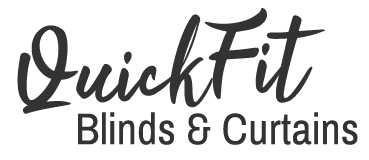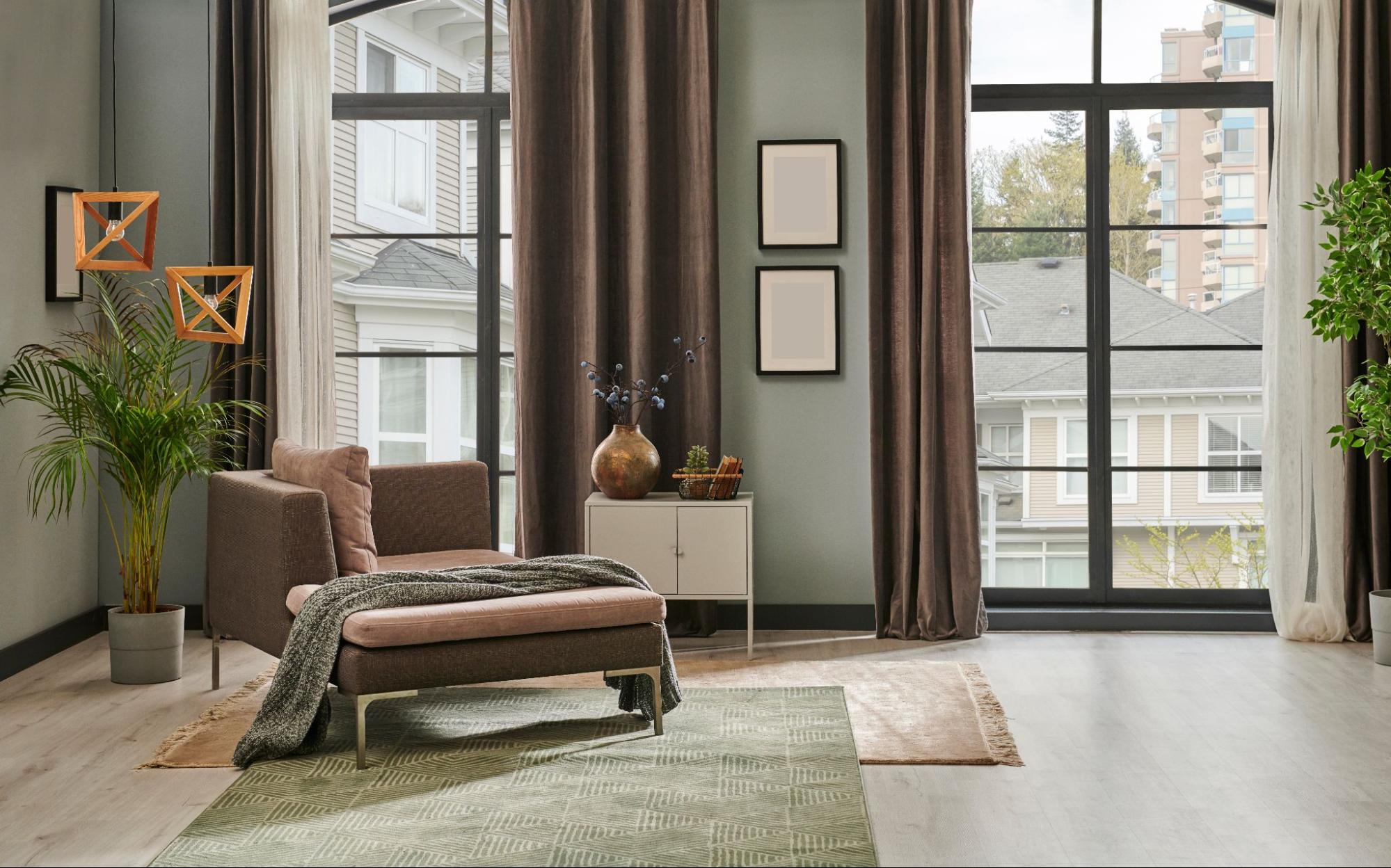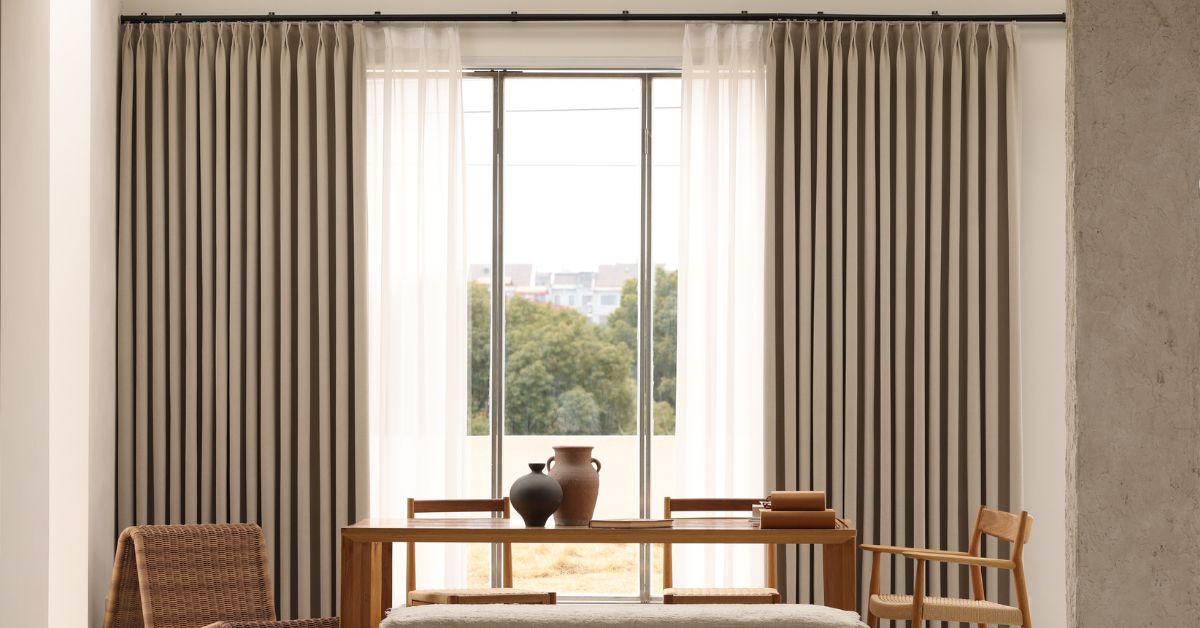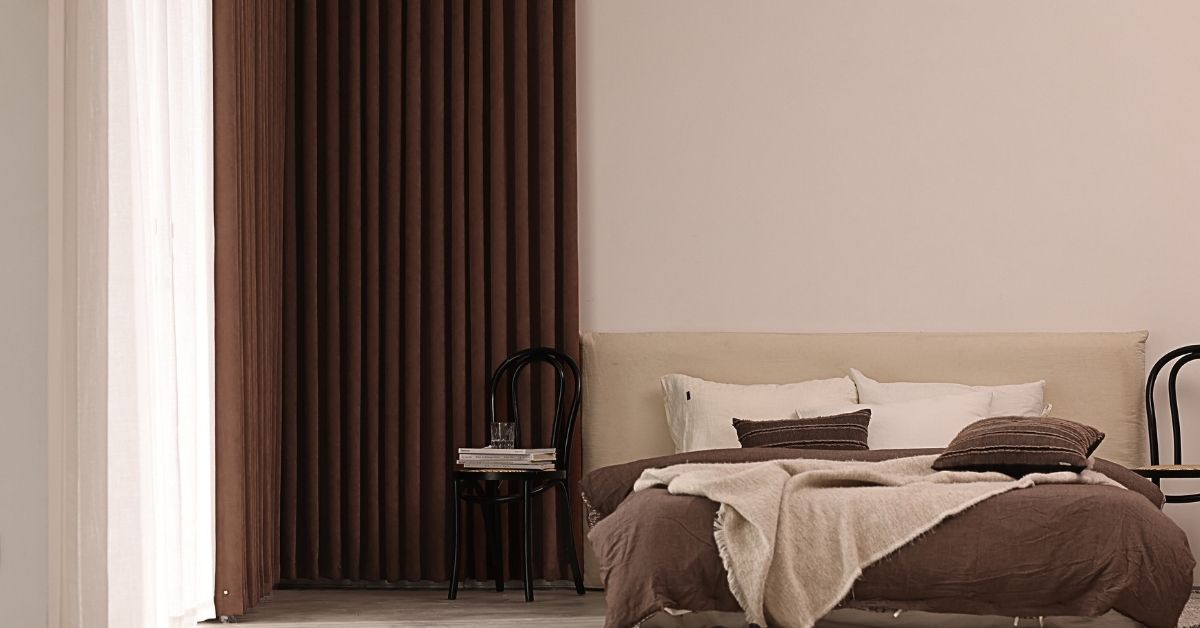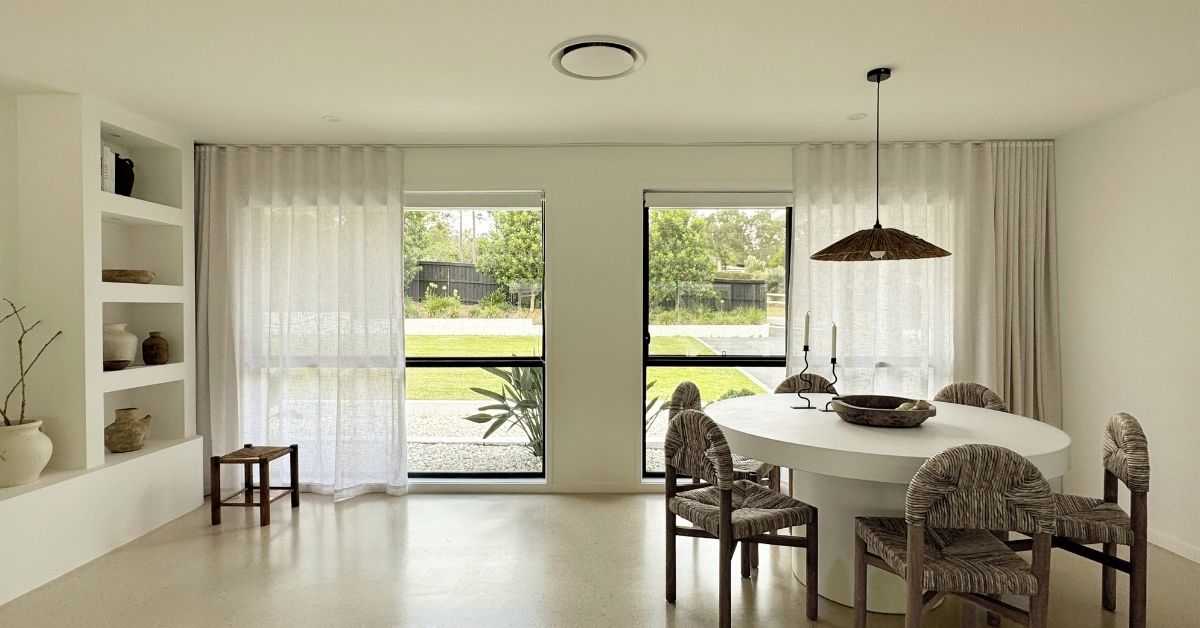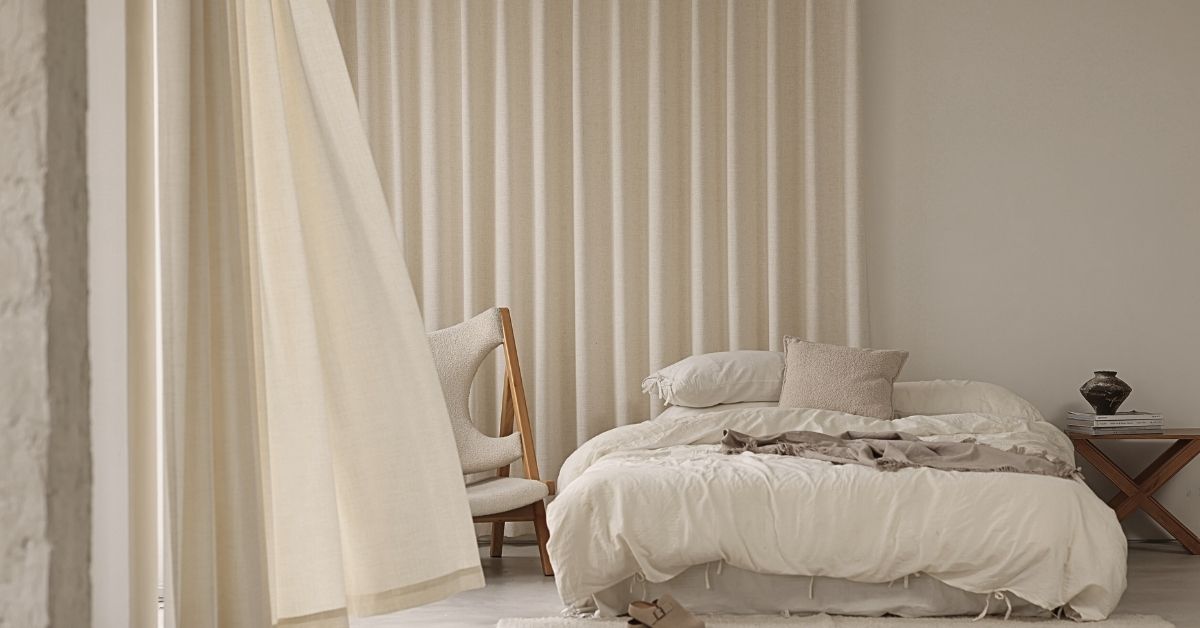If you’re currently looking to update the window treatments in your home you may find that all the different types of terminology used can make the whole process of finding what it is you need confusing to say the least. Suppliers, manufacturers and interior decorators all use many different terms such as “drapes”, “shades”, “blockout”, “eyelet”, the list of different window treatment options and styles seems to be endless and can be overwhelming to most people. It can almost seem as though fabricators are using a different language entirely.
But fear not, Quickfit Blinds and Curtains is here to help take the guesswork out of window treatment terminology. Below is a guide to the most common types of window treatments as well as commonly used technical definitions.
Curtains or Drapes?
What is the difference between curtains and drapes tends to be a frequently asked question for many customers. And the simple answer is not that much. Both curtains and drapes are made from panels of fabric and usually come in pairs.
The term “Drapes” is often used for a thicker and more formal type of curtain. They tend to be made using heavy, luxurious material such as velvet or silk and will give your windows a well finished look. Drapes are also lined, pleated and hang all the way to the floor.
“Curtains” is more of a general term which can be used for window treatments (such as drapes) that are made from fabric panels.
Heading Styles
Both Curtains and drapes can come in a variety of styles, these styles are usually described by the different ways in which the curtains or drapes have been pleated or how they have been sewn at the top. This is referred to as ‘heading style’, the type of heading style you choose dictates the overall look of the curtains design. The most popular curtain heading styles are as follows:
Pinch Pleat or Tailored Pleat
Pinch or ‘Tailored’ pleat curtains are one of the most popular and commonly made pleated curtains. The ‘pinch’ can be a double, triple, quadruple, or even quintuple fold that is stitched into the top of the panel. These pleats give the curtain panel volume and the more pleats there are, the more fabric and therefore volume the curtain will have. Pinch pleat curtains are so popular because they can be hung on many types of curtain rod or track system.
Box Pleat or Inverted Box Pleat
A box pleat is exactly that, a rectangular, box like pleat sewn into the top of the curtain panel. Box pleats are give a deep and uniform fold to the finished curtain giving them a smart and tailored look.
Pencil Pleat or Gathered Tape Heading
Pencil pleats have lots of single pleats sewn into the top of the panel. These pleats are much thinner and are about the same size as a pencil, hence the name. Pencil pleat curtains give a more casual look then pinch pleats and tend to be less voluminous. Similar to pinch pleats they can be hung on a variety of rod or track systems.
Goblet Pleat
The goblet pleat is a very technical pleat that is not seen all that much anymore. It is this kind of formal, traditional pleat that would be used for “drapes” and gets its name because the pleats look similar to a wine glass or goblet. If you’re willing to invest in goblet pleat curtains then this heading style is best suited to solid fabrics, so that the pleat is visible. Although beautiful, this heading style is not the most practical and is therefore best used for purely decorative curtains or drapes that tend not to be used.
Eyelet Curtains or Grommet Curtains
Eyelet and grommet curtains are the same. This modern heading style uses ‘eyelets’ or ‘grommet’ to hang the fabric panels from a curtain rod. Eyelets or grommets are simply a word used to describe an open ring that is usually made from metal. These rings that are incorporated into the top of the curtain, enable the curtain to be open or closed. Due to their modern and simplistic look, eyelet curtains or grommet curtains are a popular choice for many homeowners and well suited to a more contemporary interior style. To create more fullness or volume with these types of curtains you simply buy curtains that are wider than your window.
Rod Pocket or Cased Heading Curtains
This heading style features a pocket that is sewn into the top of the curtain panel. The pocket is used to slide the panel onto the curtain rod. A rod pocket or cased heading style is best suited to lighter fabrics as unnecessary weight could cause this pocket to tear. This casual style is easy to hang, and best suited to decorative, sheer fabrics that are not drawn frequently.
Tab-Top Curtains
Similar to eyelet and rod pocket curtains, tab-top curtains are easy to install and best suited to casual interior settings. Tab-top get their name from the loops or ‘tabs’ that are sewn into the top of the curtain panel to allow the curtain to be hung onto a curtain rod.
Types of Curtain Lining
“Lining” is the fabric which is sewn to the reverse of the curtain panel, this material can be plain or patterned and is only seen from the outside of the window. The type of lining you choose could make your chosen curtain look and perform differently. Below is some more information about different types of curtains and how different linings have affected their performance.
Sheer Curtains
Sheer curtains are unlined curtains that allow light to enter a space. Lining isn’t used for any type of sheer curtain as the lining would be seen through the sheer fabric these curtains are made from and also make the curtains more opaque. As these types of curtains are made from sheer, semi-transparent fabric they do not provide a room with much privacy. Instead they gently soften the light coming through the window and are more of a decorative window treatment. Many customers tend to layer sheer curtains with other types of window treatments such as blockout curtains or heavy drapes in order to have more control over the light entering a room and provide extra privacy.
Blackout Curtains or Blockout Curtains
Many customers often ask what the difference is between blockout curtains and blackout curtains and the answer is that they are the same. These types of curtains simply have different names depending on the supplier or manufacturer you are speaking to.
Blackout or blockout curtains are curtains that allow little no light through the fabric and therefore into your room. Quickfit Blinds and Curtains create this type of curtain using one of two ways:
- The fabric is lined (or sometimes coated) with a specialised lining on the reverse.
- Fabrics are woven and then layered with a specialised layer in the middle.
Blockout or blackout curtains can also provide your home with additional benefits such as protecting your furniture from sunlight, reducing noise and keeping heat in or out of your home.
Thermal Curtains or Insulated Curtains
Similar to blackout or blockout, the terms thermal curtains and insulated curtains are used to describe the same product. Thermal or insulated curtains have thermal properties that can help you keep heat in or out of your home.
Thermal or Insulated curtains are produced in similar ways to blockout of blackout curtains and can also provide the additional benefits mentioned above.
Hopefully, the above guide has shed some light on window treatment terminology. Quickfit Blinds and Curtains believe that purchasing the perfect window dressing treatment for your home should be as simple as possible. We offer a range of curtains and drapes, with a variety of heading styles available. For more information on how Quickfit could make your window dressing dreams come true, contact us today and our friendly and knowledgeable team will be more than happy to help you.
